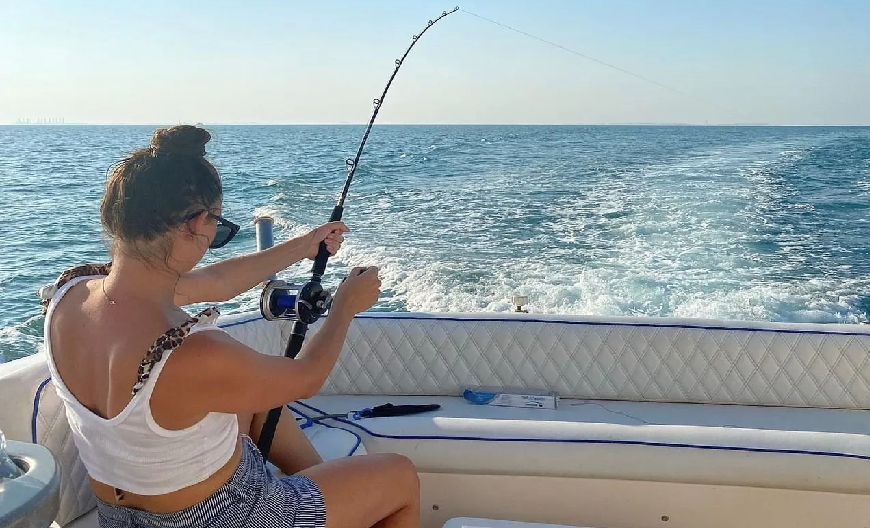
Whether sailing, fishing, or just day cruising on the lake, you must have specific safety equipment. The exact requirements vary by boat size and type.
Determining a vessel’s position, steering, and finding navigational hazards is known as navigation at sea. Several tools and techniques are used, including various floating markers, beacons, and celestial navigation.
Navigation Lights
You may be fined if you sail your boat without the proper navigation lights, especially during nighttime and times of limited visibility. These lights are required by law to be displayed on your vessel whenever you need to show your location, type of motion, and status.
These lights are critical to maritime safety and help prevent collisions. They also communicate your position and intentions to other vessels. This allows them to determine the size of your boat and what kind of maneuvers you are preparing to make. They also help to ensure you comply with COLREGS (International Regulations for Preventing Collisions at Sea). Different types of vessels, like fishing boats, have additional light requirements, so check the local rules and regulations before setting out on your journey.
Compass
A compass is an essential navigation equipment that should always be on board. This boat safety necessity allows you to find your way in case other instruments fail.
For thousands of years, seafarers have found their way at sea using the sun and stars, but what if you need land to mark your location?
While GPS devices are excellent tools, they only work when a boat is moving. Compasses work even when a ship is stopped, making them an effective backup tool for navigation. A compass on board can mean the difference between life and death in a navigation emergency.
Charts
A nautical chart is a specialized map used by mariners to navigate safely on waterways. It provides information such as water depths, location of dangers, aids to navigation, and local boating rules.
A knowledge of how to read charts is a must for any seafarer. They offer a wealth of clues for determining your position, including prominent landmarks on the shoreline, points of land jutting out into the water, large smokestacks, and more.
Life Jackets
Life jackets are your boat’s most important safety device. According to the Coast Guard, drowning is the most common cause of boating accidents, and 80 percent of those who die fell overboard.
Personal flotation devices (PFDs) are called many names, including life vests, life jackets, and buoyancy aids, but they all serve the same purpose. Coast Guard-approved life jackets are a must for all passengers.
Each PFD is designed to meet specific boating activities and conditions. Check the label for details. Look for icons indicating the type of water activity and for warnings or limitations. You should also note the sizing for adults and children.
Anchors
Anchors limit a vessel’s movement in the water. They can also act as a drag to help reduce bow slamming during unsteady conditions or green water flooding.
Choose the suitable size anchor for your boat and the type of bottom you’ll be sailing on. Consider factors such as wind, tides, and if there are any shoals, rocks, or reefs in the area. Larger boats often require a longer road length for proper setting and holding.
A reasonable scope calculation ensures the anchor is correctly set and provides sufficient holding power for your boat in various conditions. Be sure to approach the location to drop the anchor from downwind or down current.
Ditch Bag
Not every sailor ever thinks they’ll need to abandon ship, but severe cases of running aground, sinking, or fire require it. A ditch bag (or dump boat kit) contains vital equipment that might help in a dire situation.
Non-negotiables include a 406 Emergency Position-Indicating Rescue Beacon (EPIRB), a handheld VHF radio and GPS with extra batteries, flares for visual signaling, an air horn or whistle, and marine first-aid supplies. If your vessel is smaller, consider purchasing a Life Cell, which stores all the essentials while providing a tether system that can be attached to each crew member’s life jacket to keep them together.
